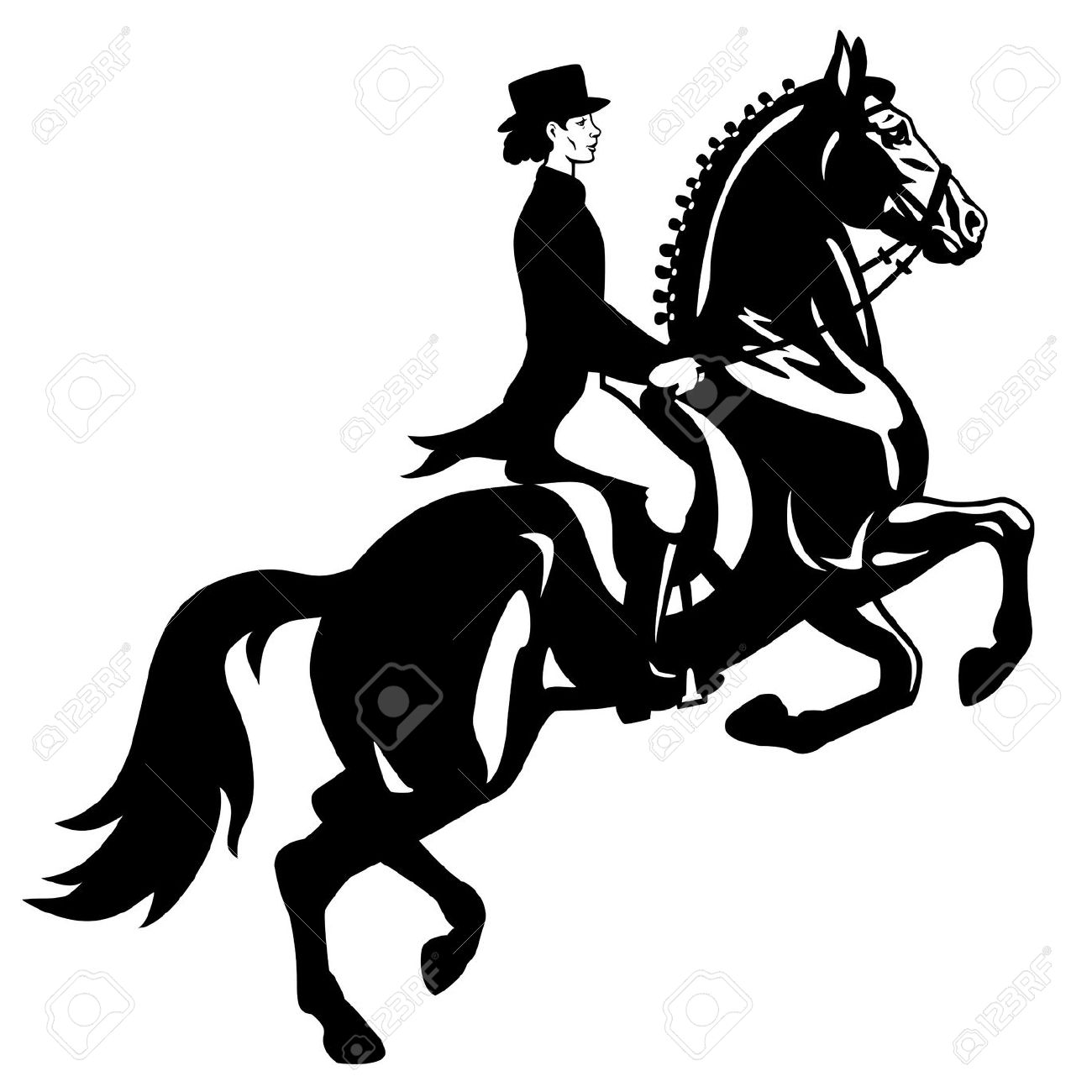Stamp: Olympics Rome 1960 (Aden 1967)
Olympics Rome 1960 (Aden 1967)
01 January (Aden ) within release Summer Olympics 1968, Mexico-City goes into circulation Stamp Olympics Rome 1960 face value 75 South Yemeni fils
| Stamp Olympics Rome 1960 in catalogues | |
|---|---|
| Michel: | Mi:AD-KS 179A |
Stamp is square format.
Also in the issue Summer Olympics 1968, Mexico-City:
- Stamp - Olympics Athene 1896, Running face value 10;
- Stamp - Olympics Los Angeles 1932, Wrestling face value 35;
- Stamp - Olympics Berlin 1936, Discus Throw face value 50;
- Stamp - Olympics London 1948, The gun barrel face value 65;
- Stamp - Olympics Rome 1960 face value 75;
- Stamp - Olympics Tokio 1964, Javelin-throwing face value 100;
- Stamp - Olympics Mexico-city 1968, Handing over the victory wreath face value 150;
- Stamp - Olympics Munich 1972, Pugilism face value 200;
- Souvenir Sheet - Olympics Mexico-city 1968, Handing over the victory wreath a face value 350;
Stamp Olympics Rome 1960 it reflects the thematic directions:
The horse (Equus ferus caballus) is one of two extant subspecies of Equus ferus. It is an odd-toed ungulate mammal belonging to the taxonomic family Equidae. The horse has evolved over the past 45 to 55 million years from a small multi-toed creature, Eohippus, into the large, single-toed animal of today. Humans began to domesticate horses around 4000 BC, and their domestication is believed to have been widespread by 3000 BC. Horses in the subspecies caballus are domesticated, although some domesticated populations live in the wild as feral horses. These feral populations are not true wild horses, as this term is used to describe horses that have never been domesticated, such as the endangered Przewalski's horse, a separate subspecies, and the only remaining true wild horse. There is an extensive, specialized vocabulary used to describe equine-related concepts, covering everything from anatomy to life stages, size, colors, markings, breeds, locomotion, and behavior.
The modern Olympic Games or Olympics (French: Jeux olympiques) are leading international sporting events featuring summer and winter sports competitions in which thousands of athletes from around the world participate in a variety of competitions. The Olympic Games are considered the world's foremost sports competition with more than 200 nations participating. The Olympic Games are held every four years, with the Summer and Winter Games alternating by occurring every four years but two years apart.
Stemming from military practices and a long tradition of teaching by equestrians such as La Guérinière and François Baucher, traditional French equestrianism is essentially represented at the Cadre Noir de Saumur. The practice of equestrianism has evolved towards sport and leisure, opening up to the general public. At the end of the 20th century, the sport became much more democratic, with a sharp rise in the number of riders, particularly young people and women. The teaching of equestrianism as a leisure sport in France is based on the existence of over 8,000 riding schools, which make trained horses available to the public. Their establishment is supported by the French government thanks to a reduced VAT rate from 2004 to 2013. At the end of 2013, riders and industry professionals protested against the increase in VAT on their activity.



